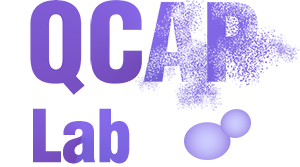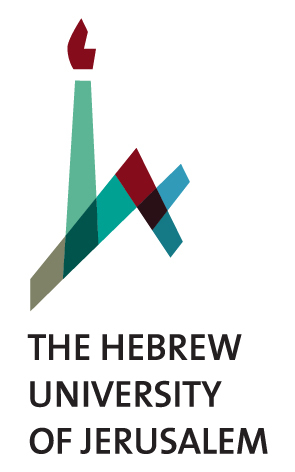Citation:
Abstract:
<p>Ubiquitin (Ub)-mediated protein degradation is a key cellular defense mechanism that detects and eliminates defective proteins. A major intracellular site of protein quality control degradation is the endoplasmic reticulum (ER), hence the term ER-associated degradation, or ERAD. Yeast ERAD is composed of three Ub-protein conjugation complexes, named according to their E3 Ub-protein ligase components, Hrd1, Doa10 and the Asi complex, which resides at the nuclear envelope (NE). These ER/NE membrane-associated RING-type E3 ligases recognize and ubiquitylate defective proteins in cooperation with the E2 conjugating enzyme Ubc7 and the obligatory Ubc7 co-factor Cue1. Interaction of Ubc7 with the RING domains of its cognate E3 Ub-protein ligases stimulates the formation of isopeptide (amide) Ub-Ub linkages. Each isopeptide bond is formed by transfer of a Ubc7-linked activated Ub to a lysine side chain of an acceptor Ub. Multiple Ub transfer reactions form a poly-Ub chain that targets the conjugated protein for degradation by the proteasome. To study the mechanism of Ub-Ub bond formation, this reaction is reconstituted in a cell-free system consisting of recombinant E1, Ub, Ubc7, its co-factor Cue1, and the RING domain of either Doa10 or Hrd1. Here we provide detailed protocols for the purification of the required recombinant proteins and for the reactions that produce an Ub-Ub bond, specifically, the formation of a Ubc7~Ub thiolester (Ub charging) and subsequent formation of the isopeptide Ub-Ub linkage (Ub transfer). These protocols also provide a useful guideline for similar in vitro ubiquitylation reactions intended to explore the mechanism of other Ub-conjugation systems. </p>

